Interactive Ludic Device as an Experiential Resource for the Elderly
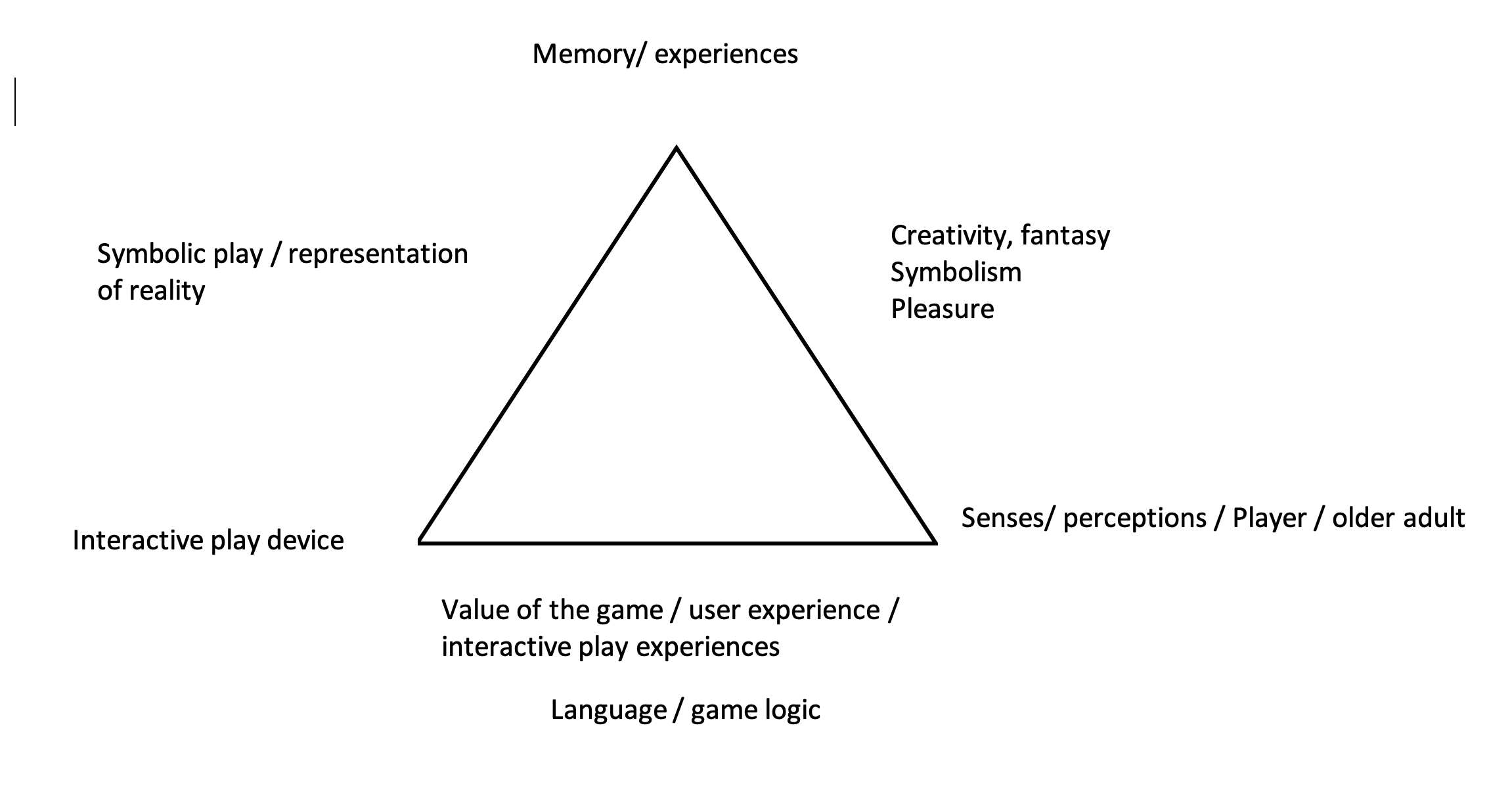
The ageing of the population is often considered a social problem, which is centred on its physical and psycho/social functional deterioration. In this sense, it is necessary to reimagine ageing and change the mentality of designing for ageing by thinking about playful devices to mitigate the cognitive decline of such individuals. It should be emphasised that play should not be understood only as entertainment, as it stimulates cognitive and sensory activity, because it demands logical reasoning and memory, stimulates physical and constructive activities, by requiring motor coordination and physical agility, as well as stimulating strategic reasoning and manual dexterity. From this perspective, physical, cognitive and emotional activities in later life are crucial to stimulate brain activity and contribute to the maintenance of quality of life. In addition, games stimulate social interaction and contribute to socialisation and the maintenance of emotional and affective health.
To design an interactive play device as an experiential resource to mitigate cognitive impairment in the elderly.
- To understand the developmental context of the older adult through a user ethnography.
- Relate the game logic of the interactive play device to the cognitive and emotional needs of the older adult.
- Combine advanced design and digital fabrication techniques for the development of an interactive play device proposal.
The practice of play is present in all cultures. It has evolved along with social construction in order to respond to the demands of the current context. In this sense, in order to design the interaction between the elderly / play device, digital fabrication techniques and tools are used to materialize the significant value of play focused on mitigating the cognitive impairment of the elderly through the stimulation of brain activity.
Vision in Product Design (ViP)
ViP distinguishes between the preparation phase and the designing phase. In the preparation phase, the current product(s), product-user interactions, and context of those interactions are questioned. In the designing phase, the future context, interactions, and design are developed.
1. Why? / Context level
2. How? / User interaction level
3. What? / Object level
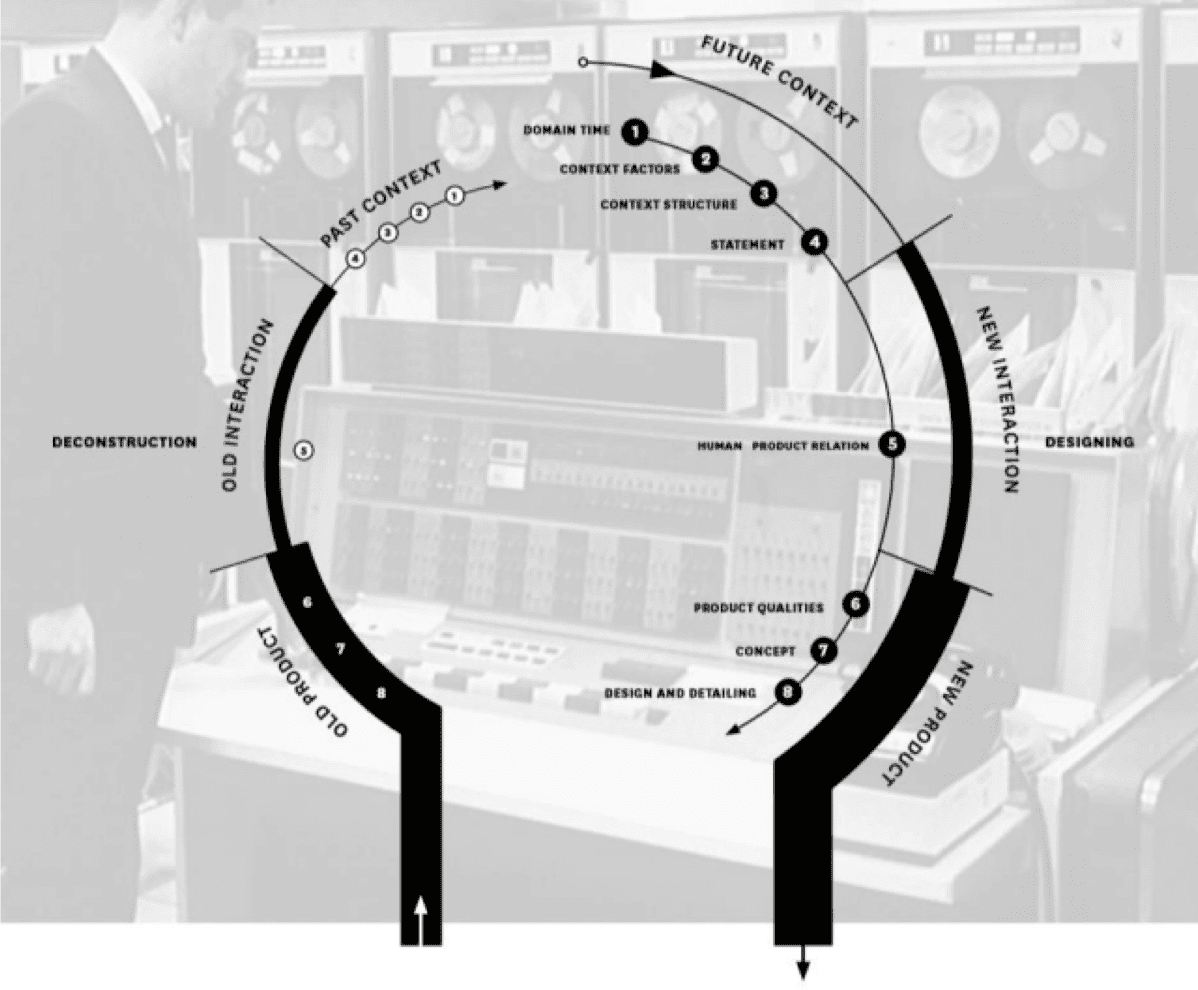
Methodological Application
1. Deconstruction Phase: Context Level, User-Interaction Level, Object Level
The scheme shows the various interactions at the context level (development of the device in situations of use: portability, handling, container) and at the user interaction level (older adult) experience of use / value of the game.
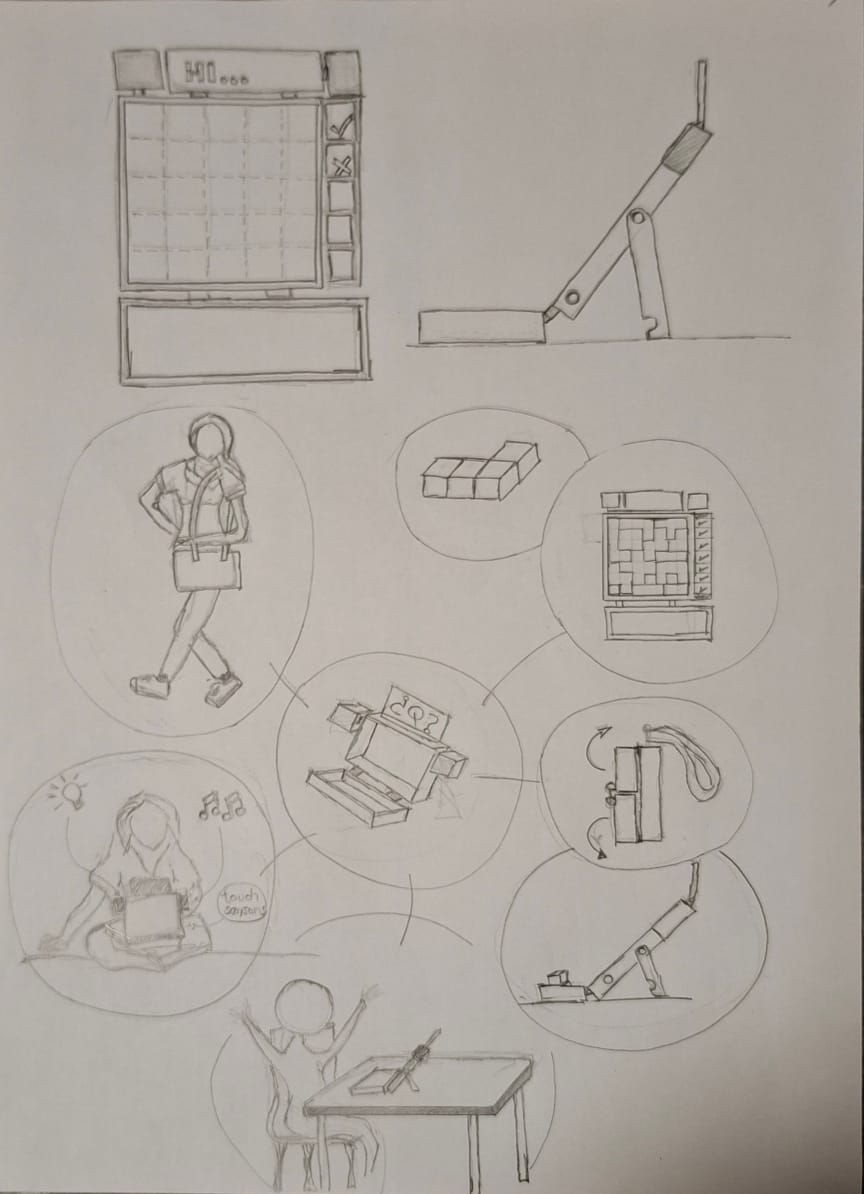
2. Design / New Interactions
The concept of the project is based on the analysis of the architecture of the product that lies in the relationship between design strategies that involve the senses (tactile, visual, sound). Another important decision has to do with the rounding of the vertices in the pieces that determine the logic of the game. In addition, the possibility of storage and transportability of the device is considered; therefore, its dimensions must allow such portability and interactions.
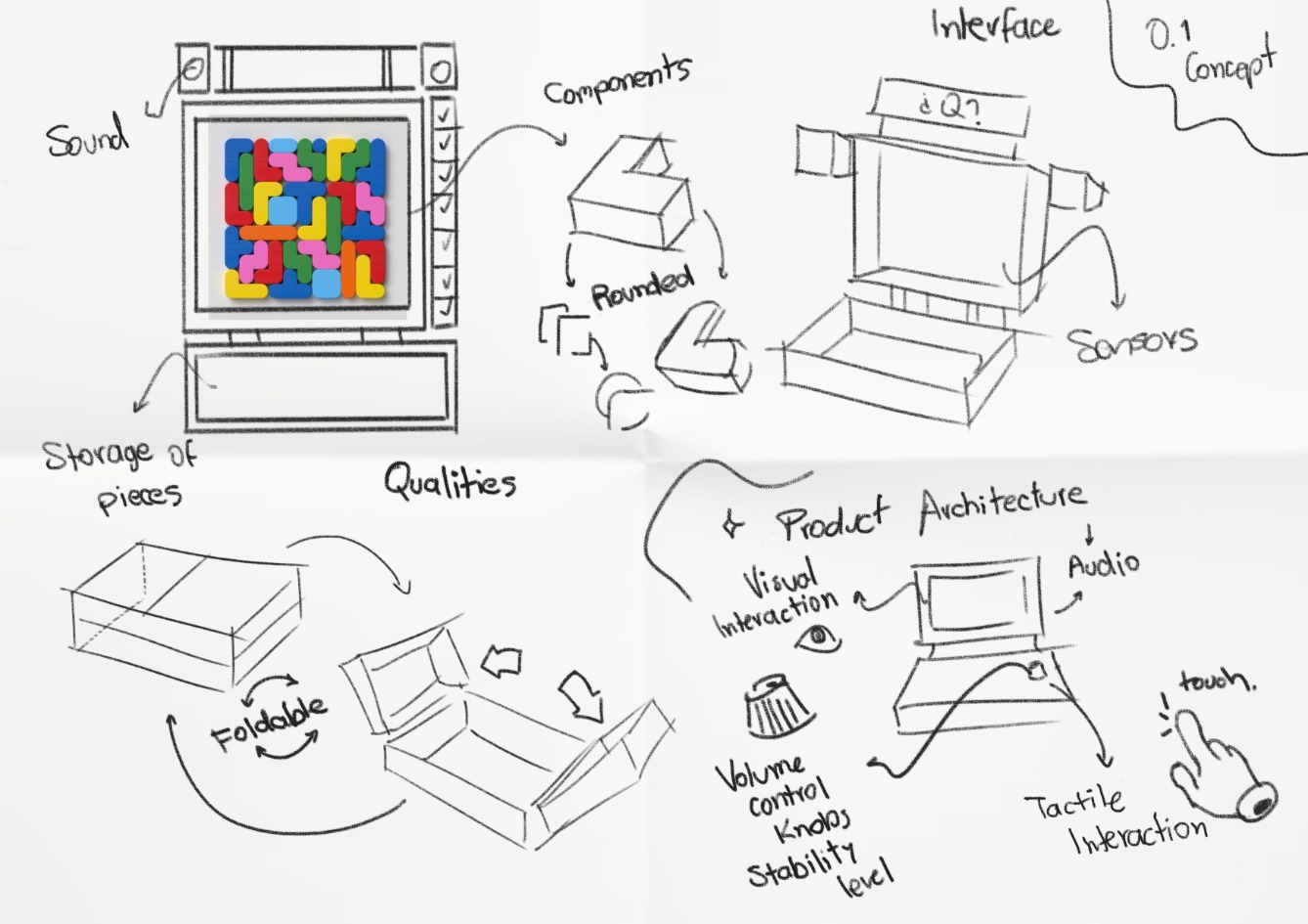
The analysis of the context where the playful device will be developed determines several decisions regarding the morphological elements put into play for the design of the interface, for example, friendly shapes that facilitate interaction, knobs that control the fitting of the pieces and also contribute to motor skills.
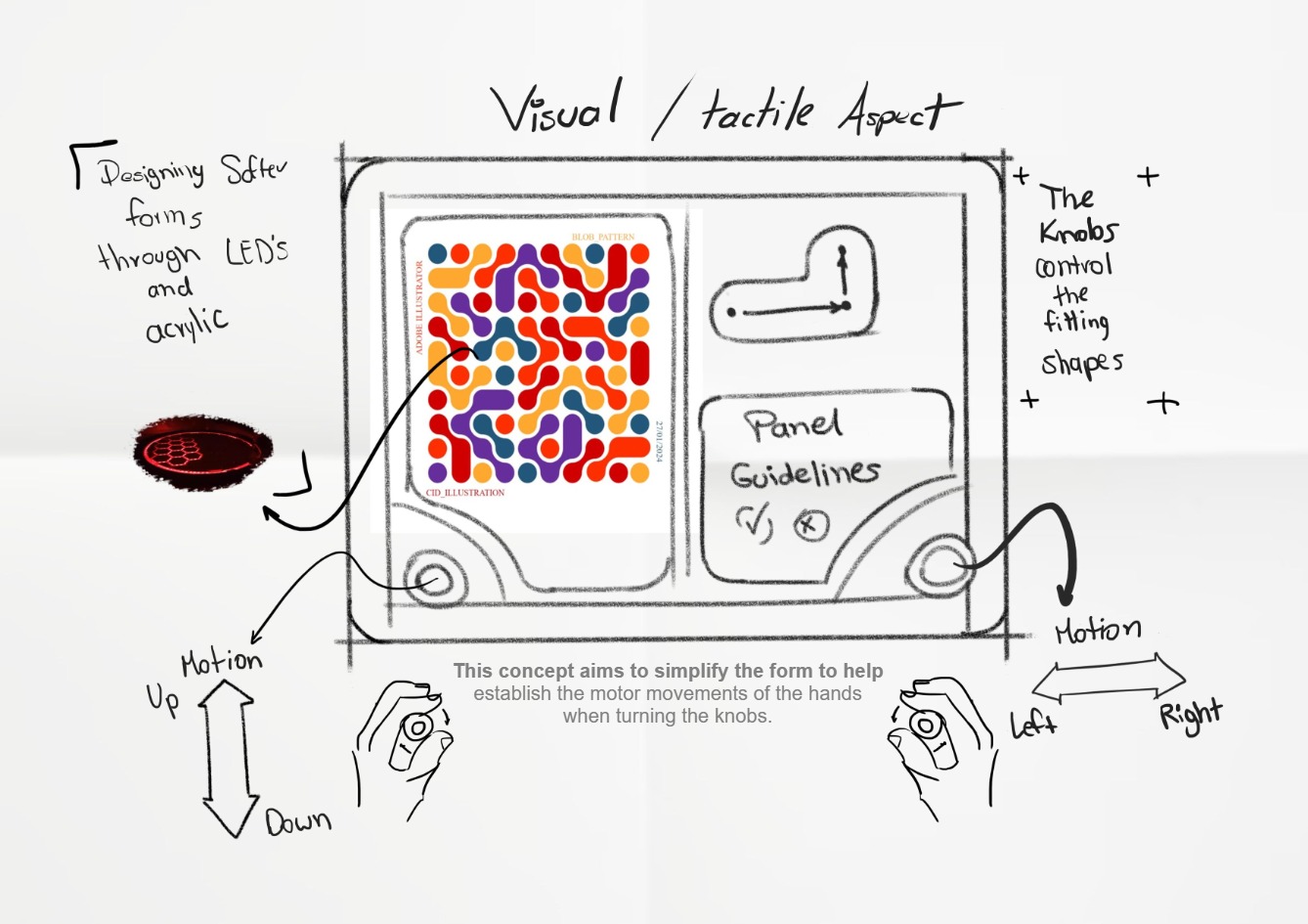
In this sense, the concept seeks to simplify the shape of the device to help in motor skills and also in exercising the memory of the elderly.
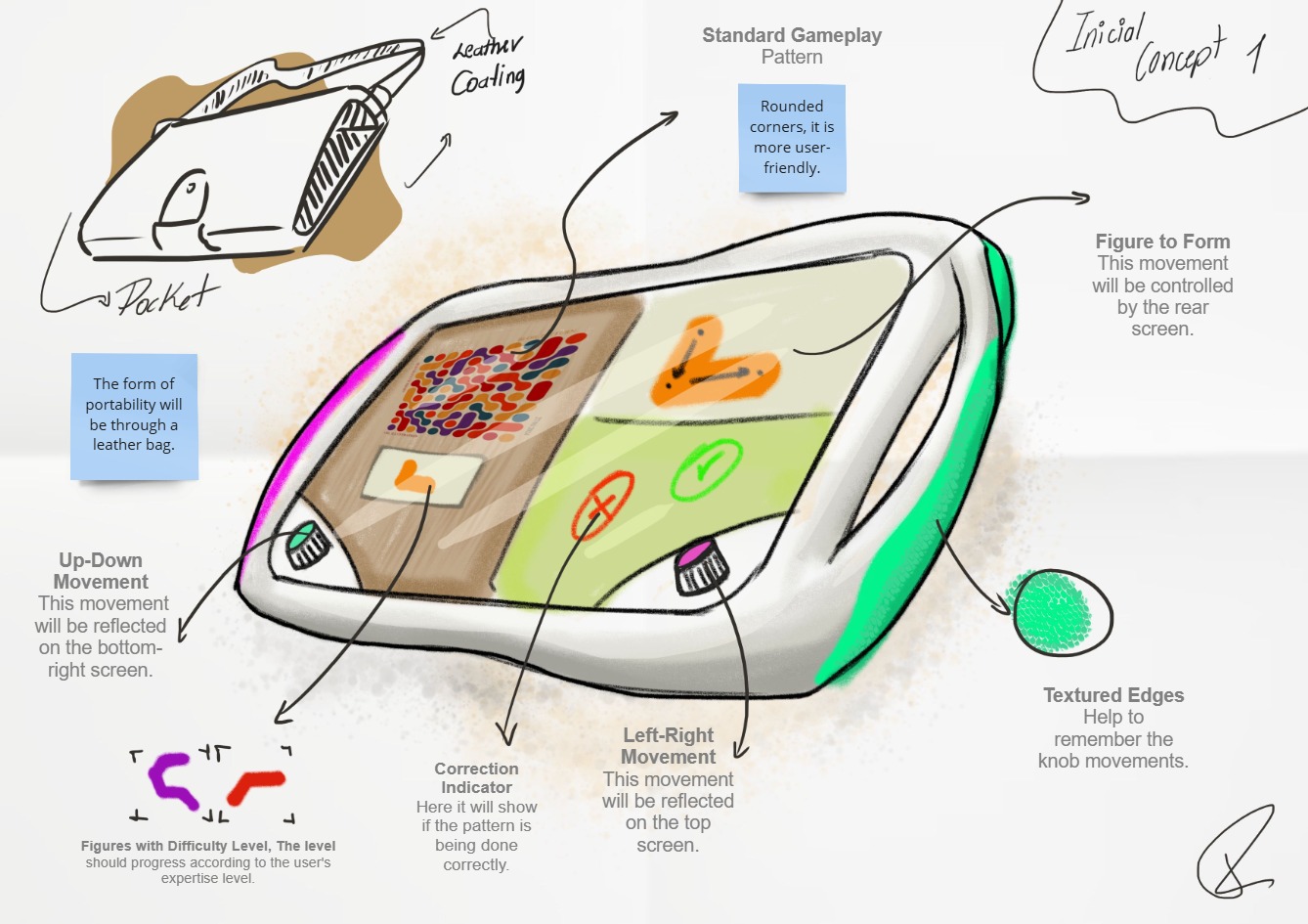
As a result of the morphological exploration, main pattern areas are determined as a result of the understanding of the diverse interactions with the user and secondary pattern areas that arise from the analysis of the relationship with the variables of the context and with other artifacts that affect the sense of use and the value of the game.
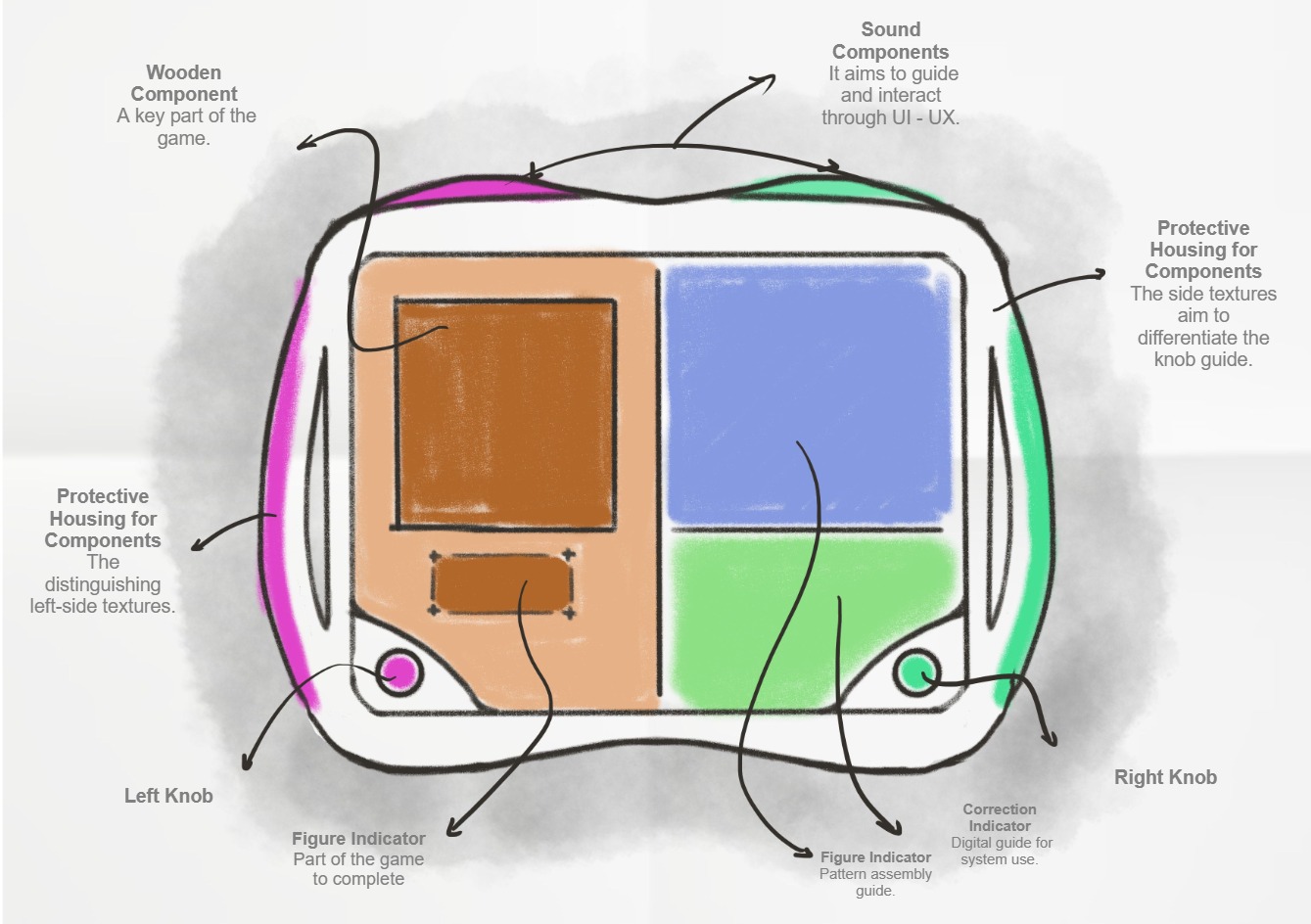
Elements of the Interactive Play Device
- 1. Tactile sensors
- 2. Display / Informative
- 3. Manual knobs / Motor / Control
- 4. Movable parts / Game logic
- 5. Textured edges / Better grip
Prototyping and Modeling
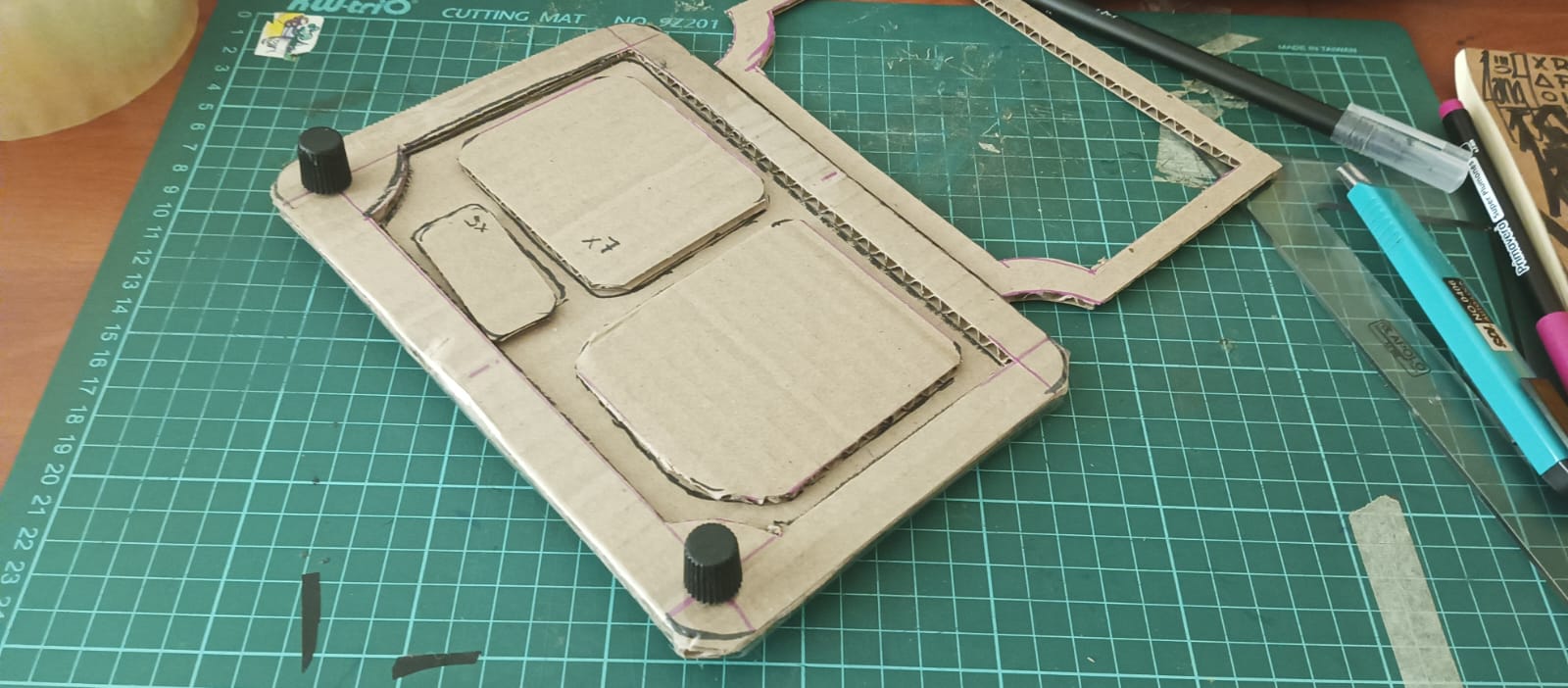
Low Fidelity Prototype
Initial physical exploration of the device.
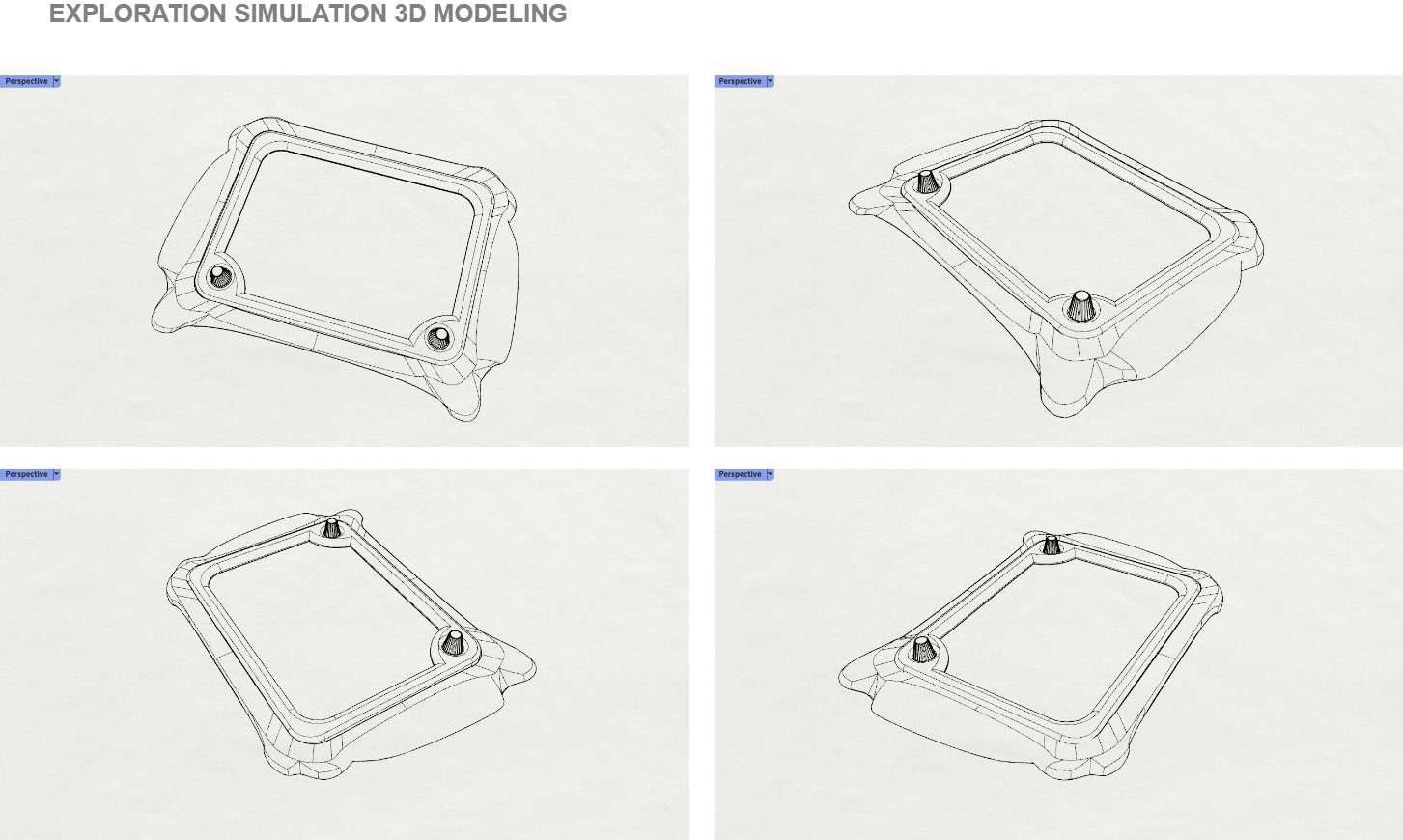
Rhino Model 1
Early digital modeling in Rhino.
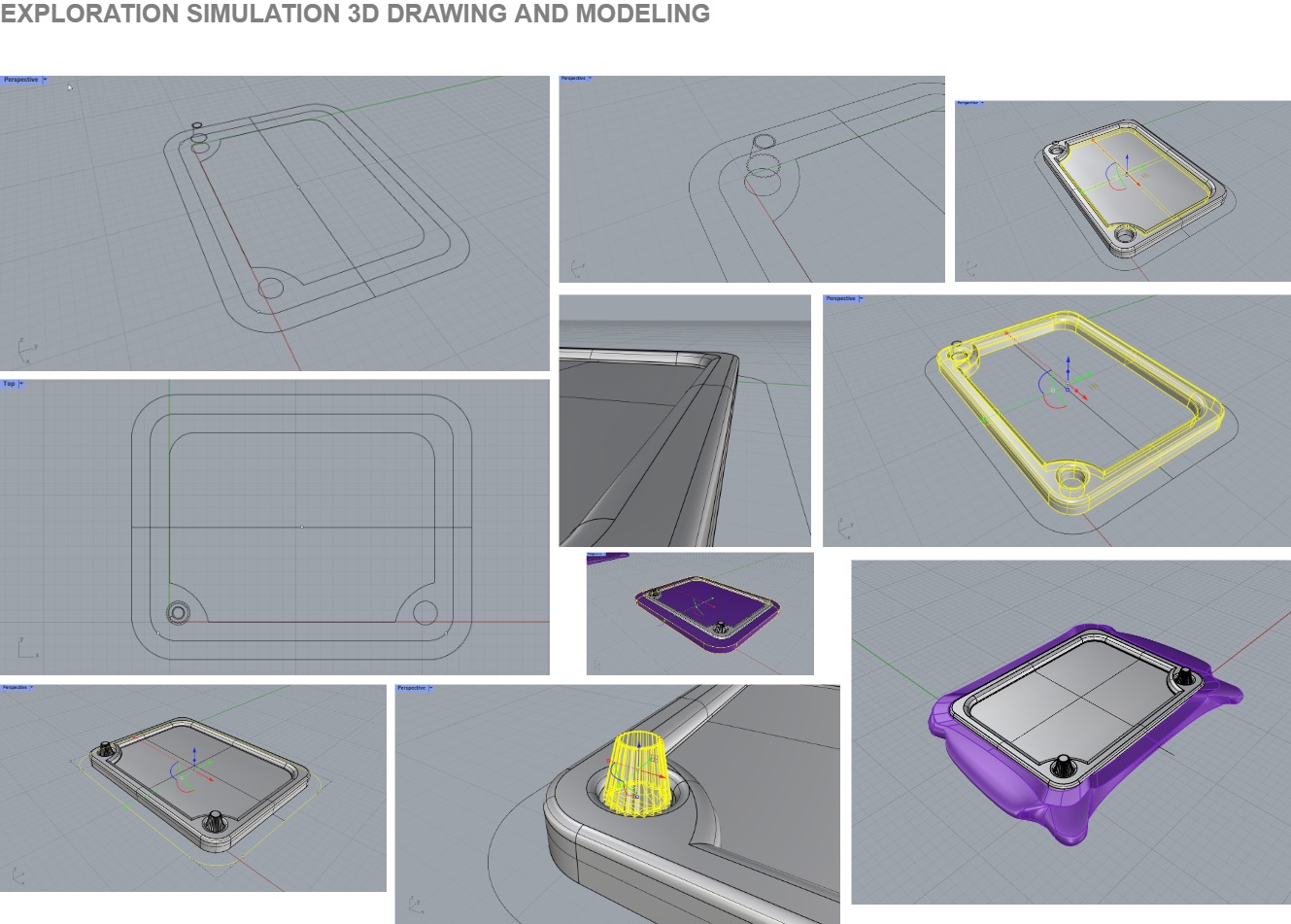
Rhino Model 2
Refined 3D model with detailed design.